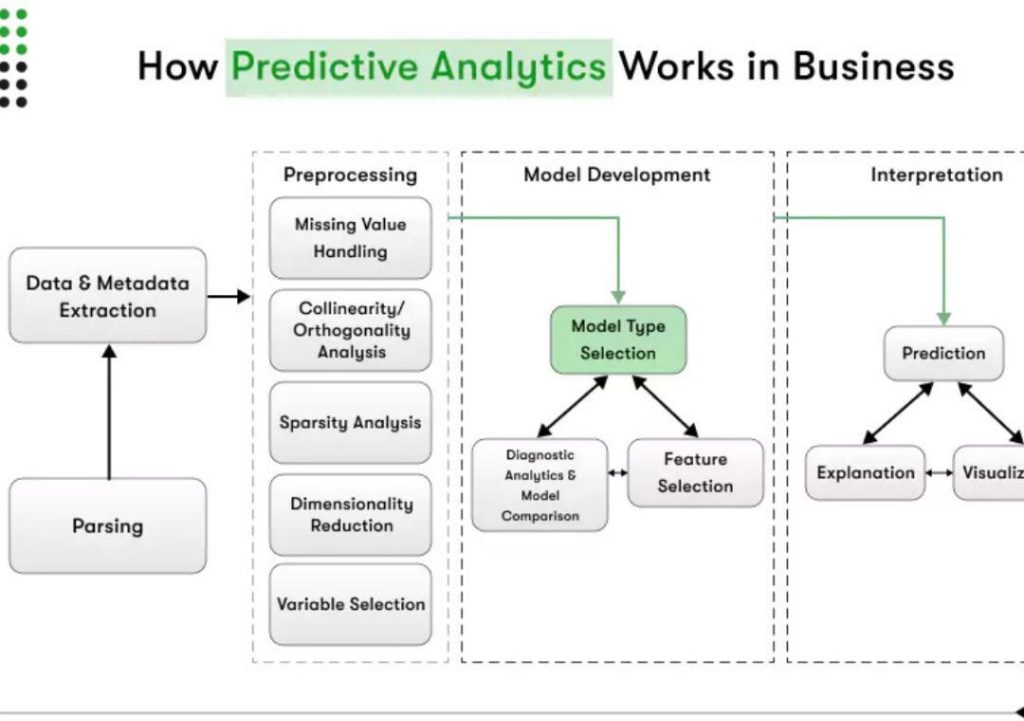
How Predictive Analytics Boost Business Agility?
In today’s fast-paced business landscape, being able to respond quickly to changing market conditions and customer needs is crucial for success. Predictive analytics plays a vital role in achieving this agility by using historical data and machine learning models to forecast demand, churn risk, and supply chain disruptions. By integrating these forecasts into planning tools, businesses can make proactive decisions, such as adjusting inventory levels or targeting retention offers, to stay ahead of the competition.
In this blog post, we’ll explore the power of predictive analytics in boosting business agility and discuss how it can help organizations turn uncertainty into a competitive advantage.
The Challenges of Business Agility
Business agility refers to an organization’s ability to adapt quickly to changing market conditions, customer needs, and internal factors. However, achieving this agility can be challenging, especially for larger organizations with complex operations and multiple stakeholders. Traditional planning methods often rely on intuition, guesswork, and reactive decision-making, which can lead to delayed responses and missed opportunities.
The Role of Predictive Analytics
Predictive analytics uses historical data and machine learning models to forecast future events, such as demand for products or services, customer churn risk, and supply chain disruptions. By analyzing large datasets and identifying patterns and trends, predictive analytics can provide businesses with a data-driven understanding of what may happen in the future.
Forecasting Demand
One of the most significant benefits of predictive analytics is its ability to forecast demand for products or services. By analyzing historical sales data, seasonality, and external factors such as weather and economic trends, predictive analytics models can predict future demand with accuracy. This allows businesses to adjust inventory levels, production schedules, and pricing strategies to meet changing demand.
For example, a retail company can use predictive analytics to forecast demand for specific products during peak seasons, such as holidays or back-to-school. By adjusting inventory levels accordingly, the company can avoid stockouts and overstocking, which can lead to lost sales and unnecessary costs.
Predicting Churn Risk
Predictive analytics can also help businesses identify customer churn risk, enabling them to take proactive measures to retain valuable customers. By analyzing customer behavior, transaction history, and demographic data, predictive models can predict which customers are most likely to churn.
For example, a telecommunications company can use predictive analytics to identify customers who are likely to switch to a competitor based on their usage patterns and demographic data. By targeting these customers with retention offers and personalized services, the company can reduce churn rates and retain valuable customers.
Supply Chain Disruptions
Predictive analytics can also help businesses anticipate and prepare for supply chain disruptions, such as natural disasters, supplier failures, and manufacturing downtime. By analyzing historical data and external factors such as weather and economic trends, predictive models can predict potential disruptions and provide businesses with a data-driven understanding of the risks and consequences.
For example, a manufacturing company can use predictive analytics to forecast potential disruptions to its supply chain, such as natural disasters or supplier failures. By identifying potential disruptions and planning accordingly, the company can reduce the impact of disruptions and maintain business continuity.
Benefits of Predictive Analytics
So, what are the benefits of predictive analytics in boosting business agility? By using predictive analytics, businesses can:
- Make proactive decisions: By analyzing historical data and predicting future events, businesses can make informed decisions that drive growth and profitability.
- Reduce uncertainty: Predictive analytics provides businesses with a data-driven understanding of what may happen in the future, reducing uncertainty and enabling proactive planning.
- Improve forecasting: Predictive analytics can improve forecasting accuracy, enabling businesses to adjust inventory levels, production schedules, and pricing strategies to meet changing demand.
- Enhance customer experience: By identifying customer churn risk and providing personalized services, businesses can enhance the customer experience and build loyalty.
- Increase operational efficiency: Predictive analytics can help businesses optimize operations, reduce waste, and improve productivity.
Conclusion
In conclusion, predictive analytics plays a vital role in boosting business agility by providing businesses with a data-driven understanding of what may happen in the future. By using predictive analytics, businesses can make proactive decisions, reduce uncertainty, improve forecasting, enhance customer experience, and increase operational efficiency. By turning uncertainty into a competitive advantage, predictive analytics can help businesses stay ahead of the competition and achieve long-term success.
Source:
https://www.growthjockey.com/blogs/power-of-predictive-analytics-in-business



